China's Steel Mills Need to Shrink
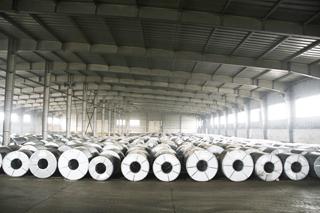
In the space of 30 years, China has become the world’s largest steelmaker by a long margin. Decades of rapid economic growth fed huge demand for infrastructure and housing, all of which required massive volumes of steel. As the Chinese economy slows, however, all that capacity is proving a burden both economically and environmentally. Chinese steelmakers churned out 822 million tons of steel last year, losing an average of $50 on every ton. Meanwhile, their outmoded, polluting plants account for most of the global iron-and-steel industry’s enormous 6.7 percent contribution to global carbon emissions.
As the United Nations’ climate change talks get under way in Paris, China needs to find ways to fix both problems. The U.S. may offer a useful model.
Unlike their American counterparts, Chinese steelmakers remain dependent upon iron ore and energy-intensive, coal-fired blast furnaces for more than 90 percent of production, according to data presented in April by Wang Fangjie, an official at China’s trade association for scrap-steel recyclers. That’s bad for a steel mill’s bottom line -- on average, blast furnaces require three times more energy per ton of steel -- and for its environmental footprint. According to one recent study, Chinese steel mills emit as much as 12 times more carbon dioxide per ton as more modern mills in the U.S. and elsewhere.
The latter are mostly so-called mini-mills -- small, relatively low-cost steel mills that rely entirely upon scrap metal and run on electricity instead of coal. In most of the world, scrap-metal recycling now accounts for almost 40 percent of steelmaking (in the U.S., it’s more than 60 percent). Mini-mills offer several advantages, including the fact that they can be customized and turned on and off easily. (Traditional blast furnaces must run constantly, often for years.) That allows producers to manage output more readily.
Thirty years ago, China wasn’t generating enough scrap metal to justify a transition to mini-mills. While industrialized scrap metal recycling goes back 150 years, the U.S. itself didn’t start using mini-mills on a large scale until the 1970s, after middle-class consumers had begun recycling enough cars, appliances and buildings for scrap steel to become an affordable commodity. Facing pressure from cheaper competitors from the 1980s onward, U.S. steelmakers eagerly tapped the more efficient technology.
China may be nearing a similar transition. According to Wang Fangjie, the amount of scrap metal generated in China grew from 50 million metric tons in 2001 to 160 million tons in 2014. (For comparison’s sake, the U.S. produced 88 million tons of steel in 2014.) There’s much more where that came from, too. China’s “scrap reservoir” -- all the steel currently in use in China, from skyscraper girders to bicycle frames -- grew from 1.3 billion metric tons in 2001 to 6.8 billion metric tons in 2014. The National Development and Reform Commission, China’s top economic planning agency, expects the total to hit 30 billion tons by 2030.
Repurposing that metal for use in the most advanced mills should be a top government priority. Merely lifting the proportion of Chinese steel that’s made from scrap to 20 percent by 2020, as many Chinese officials believe can be done easily, could result in hundreds of millions of tons of CO2 reductions annually. Jobs would inevitably be lost in the shift to smaller mills, as they were in the U.S. But the industry as a whole would emerge stronger and more competitive, while reducing its carbon footprint.
Right now, government subsidies and other support for big steel mills and domestic iron ore miners have long placed scrap-metal producers and importers at a serious competitive disadvantage. For example, between 2005 and 2014, Chinese iron ore imports grew from 20 percent of global tradeable totals to 43 percent. Yet during the same period, China’s share of global scrap-steel imports fell from 11 percent to 4.7 percent, according to Chinese trade association data.
That support -- including an ill-advised tax cut in May for iron miners designed to keep them running during the economic downturn -- needs to end. Likewise, China’s import taxes and VAT on scrap metal should be eliminated entirely -- and not just for the best-connected, biggest scrap processors, as is currently the case. That would provide steelmakers more certainty about supply and more incentive to invest in what should be a cleaner and more cost-effective future.

 +86 371 55057610
+86 371 55057610  inquiry@xsteelplate.com
inquiry@xsteelplate.com


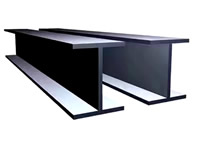
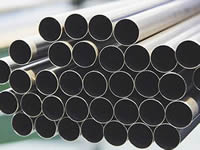
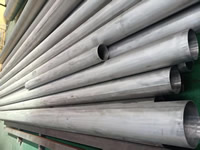
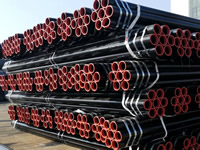
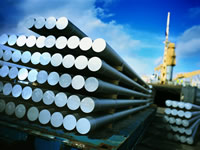

 Tel:+86 371 55057610
Tel:+86 371 55057610  Fax: +86 371 5505 7611
Fax: +86 371 5505 7611